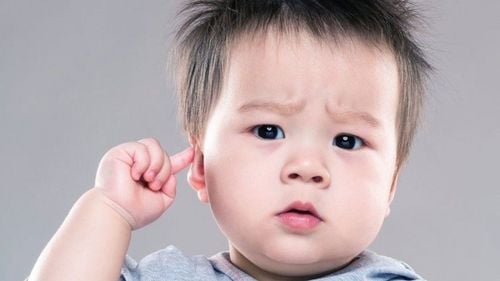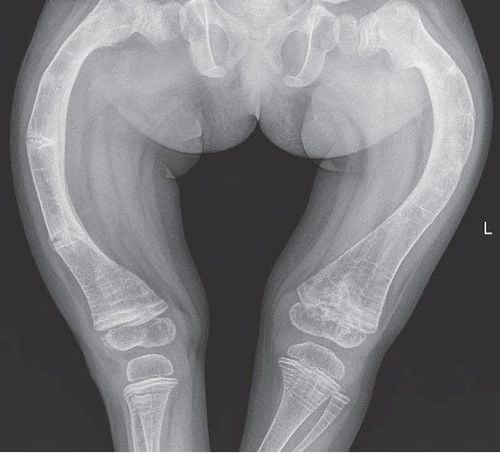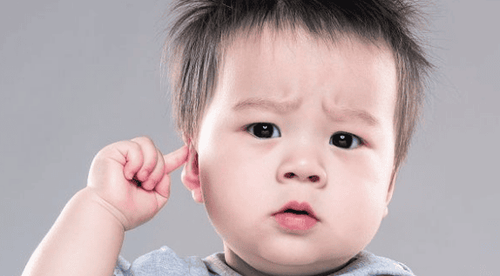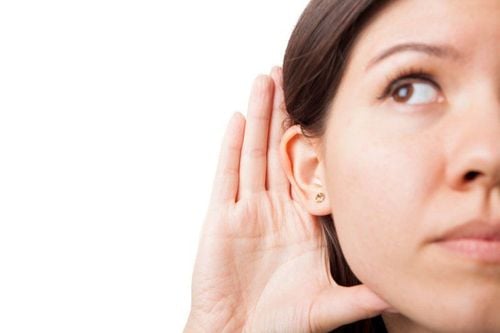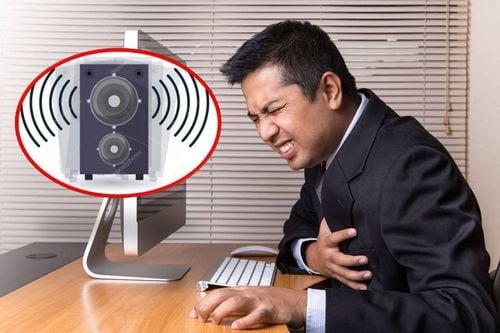This is an automatically translated article.
The article was professionally consulted by Specialist Doctor I Le Van Quang - Ear, Nose Throat Doctor - Department of General Surgery - Vinmec Nha Trang International General Hospital. BSCKI. Le Van Quang is an expert in the field of ENT with 15 years of experience.Hearing plays a very important role in the social and emotional growth of people. Audiometry helps detect early signs of hearing loss to treat and minimize the health effects of hearing loss.
1. Why is it necessary to measure children's hearing?
The World Hearing Organization estimates that 3 out of every 1000 babies are born with mild or severe hearing loss. Most parents, when taking their children for a hearing test, have spent a very long time waiting, guessing and doubting their child's hearing ability. Hearing tests will help parents know exactly about their child's hearing ability.Hearing loss can lead to speech and language delays and cause learning delays as well as social and behavioral problems. Early intervention is the key to healthy hearing.
2. When is an audiometric needed?
Normal hearing infants respond to noises and whispers, laughter or chirping voices. As babies get older, they learn to look and turn their heads as well as babble and change the pitch of their voices in search of the source of the sound.Toddlers recognize the names of toys, body parts and other familiar objects. They sway to the music and try to repeat words. By 18 months, babies have a little vocabulary they use to say two-word sentences and their voice sounds normal. Babies can follow simple instructions from their mothers such as: “Give me that box”.
If your child doesn't reach these important stages, don't panic. Your child may just develop at a different rate than other children of the same age. You should take your child for an audiometric test if he or she:
Doesn't respond to any sudden loud noises. Do not turn your head in the direction of your voice. Do not babble or try to imitate sounds. Does not understand simple phrases by 12 months of age. Does not respond to sounds or his name and cannot locate where the sound is coming from. Does not imitate speaking or using simple words for familiar people and objects. Do not listen to TV at normal levels. Does not use voice or show language development like children of the same age. Talk too loud. Watch TV and listen to music at an unusually high volume. Complaints of not being able to hear the teacher and the level of discomfort. The child is slow to speak, does not speak clearly. Mistakes instructions or appears to be "daydreaming". Complaints of ringing, hissing or other sounds in the ears. It can be seen that, if your baby is an infant or toddler, does not respond to noises from behind and does not startle to loud sounds, when these signs are present, take him or her to a hearing test. .
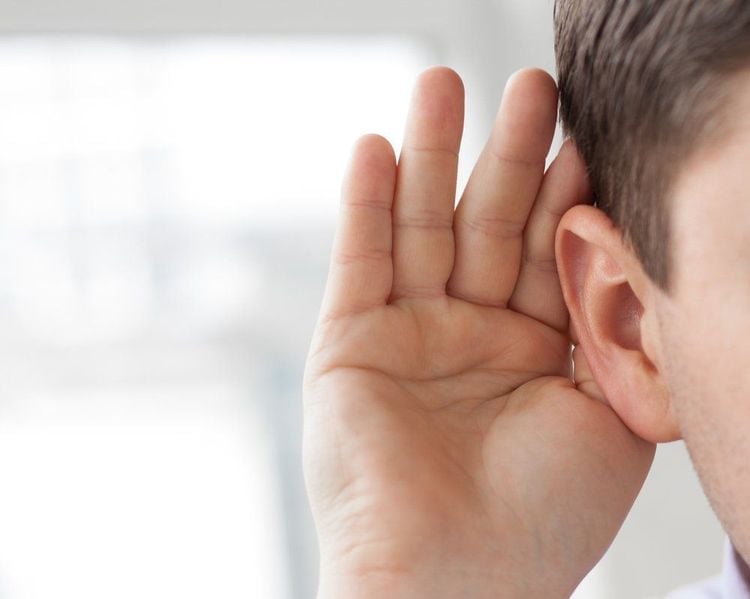
Trẻ nhỏ không đáp ứng với tiếng động từ phía sau hoặc không giật mình với các âm thanh lớn có thể là dấu hiệu thính giác có vấn đề
3. Audiometry methods
For young children, a cochlear sound screening test will first be used to assess whether the child has or does not have hearing loss. If the results show that the child has a hearing loss, the doctor will order more specialized measurements to determine the child's hearing.Cochlear implantation: a small, soft-tipped earpiece is placed on the outside of the ear canal. Sound is transmitted to the ear. When the ear receives sound, the inner part called the cochlea produces a response called cochlear tone, which can be measured. The presence of cochlear sound usually means good hearing. Monotone audiometry: the patient responds to sound by raising a hand or pressing a button. Sounds at different volume levels and timbres are introduced into the ears through the headphones. Speech audiometry: the patient repeats words or points to pictures. This test can be combined with monophonic audiometry to give a more complete picture of the patient's hearing. Tympanometry: This test measures the movement of the eardrum and detects fluid in the middle ear. This test can also detect other middle ear problems.

Đưa trẻ đi thăm khám tại Bệnh viện Đa khoa Quốc tế Vinmec
4. Two popular methods of audiometry today
To get a hearing result, also known as an audiogram or audiogram, there are two ways to do it.With young children < 5 years old Children who do not know how to cooperate, so objective monophonic audiometric methods will be used. Objective monophonic audiometry is performed when the baby is fast asleep and the test environment is quiet. This measurement is described as follows: when measuring will use monophonic sound to stimulate the child's ear, technicians will attach electrode tips to the child's forehead and behind the ear to help collect and record the auditory nerve feedback. The measurement will take about 30 - 45 minutes, the measurement is safe and painless for the child.
For children > 5 years old and adults Subjective monotone audiometry is applied. The process of subjective monophonic audiometry is carried out as follows: the patient will wear a specialized earcup and pay attention to listen to the monophonic sounds emitted by the audiometer directly into the ear. If the person being measured hears an audio signal, he/she must press the alarm to notify the technician. Audiometry will be performed on 8 frequencies with different sound intensity levels. Measurement time will take about 10 to 30 minutes or more depending on the cooperation of the patient when measuring.
5. Meaning of audiometric results
The results of the audiogram (audiogram) will tell us how much of a difference the child's or own hearing ability is from the normal level? In what sound environments will your child or you have difficulty in everyday life and learning? Need to apply assistive devices such as hearing aids or not? Or are hearing aids enough to meet the child's hearing needs to learn to speak and develop language or will have to have cochlear implants?6. Is hearing loss temporary or permanent?
Hearing loss can be temporary or permanent. Conductive hearing loss is usually temporary, and sensorineural hearing loss is usually permanent. Most hearing loss in young children is temporary and treatable. An audiologist will determine what type of hearing loss your child has with an audiometric test. An audiologist is someone specially trained to do hearing tests and hearing treatment.Currently, at Vinmec Hai Phong International General Hospital, there is a service of monophonic audiometry and tympanometry. These are objective methods that can be used in uncooperative situations, especially with young children. Steps to perform hearing test with KARNSTORCH audiometer imported from Germany. Basic audiometric steps at Vinmec:
Checking the device. Ear examination, if there is earwax, give it away. Choose the right earplug. Instruct the patient to sit still when measuring, do not raise hands, do not talk. Turn on the device, put the probe in the ear canal, when the green light indicates that the probe is in the correct position, proceed to measure according to the settings of the device. Measure each ear individually for the most accurate results.
Please dial HOTLINE for more information or register for an appointment HERE. Download MyVinmec app to make appointments faster and to manage your bookings easily.




